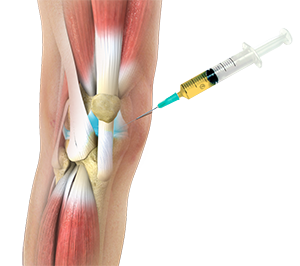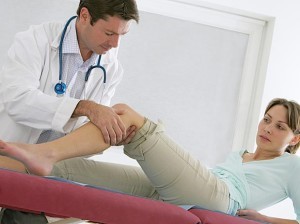

PRP Knee Therapy: Things to Learn
PRP knee therapy is now being used to treat knee conditions. It is actually an effective nonsurgical treatment of joints. This will actually help patients to have independent and mobile life without the need to undergo surgery and without experiencing the downtime that is associated with invasive surgery. To treat knee conditions, or knee therapy, Platelet Rich Plasma (PRP) is beneficial. It’s like a therapy that used stem cells; it is commonly used in combination with PRP as a way of promoting effective healing in injured of degenerated joints, muscles, cartilage, and tendons. From spine pain to knee pain, there are actually more conditions that respond to Platelet Rich Plasma therapy.
PRP knee therapy is currently one of the most popular therapies for joint pains. This therapy actually draws patient blood and run it through a centrifuge and in turn collects the essential cells from the blood. After the process is done, blood is then collected. This blood is then injected to the destined area of therapy.
This therapy has become popular in treating knee pain. Since it is a non-surgical treatment, more patients are opting to this therapy. PRP can actually supply powerful and effective healing proteins, these in turn will boost the regeneration of tissues and it aids in faster healing. This therapy can intensify the body’s healing process; it brings stem cells that will eventually develop into new and healthy tendons, cartilage, muscles, or ligaments. The numbers of PRP treatments required are based on the severity of the injury or pain.
PRP knee therapy can offer substantial pain relief and tissue healing in patients who are suffering from chronic and lingering knee pain due to recent surgery. The PRP therapy will help in eliminating pain that is associated with knee injury because it stimulates the healing of those affected tissues.
In addition, Platelet Rich Plasma therapy and injections is said to be effective in providing substantial improvements in knee osteoarthritis. This therapy is being compared with corticosteroids and hyaluronic acid. These two treatments are effective anti-inflammatories. They are being used to lessen the severity of the pain for the patients by lessening the inflammation. However, they don’t have the capability to repair the damage or injury of the joint unlike the capability of the Platelet Rich Plasma Therapy for knee. Thus, more patients are opting for PRP knee therapy.
